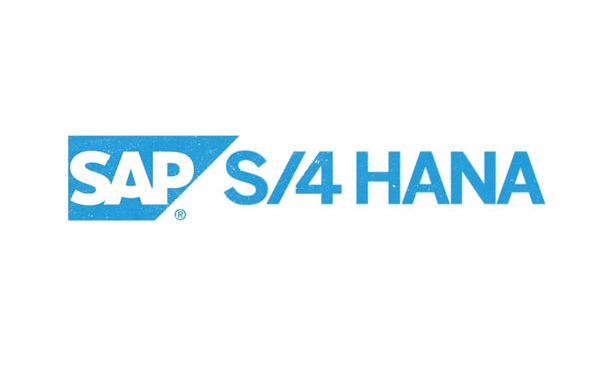SAP S/4HANA as an enterprise resource platform is very effective when it comes to managing multiple aspects of a business. It is an essential aspect of the digitization and automation of a company as the digital field is evolving and has become more challenging to keep track of them manually. The cloud variant of SAP S/4HANA is far more widely accepted than the on-premise version because of its flexibility and operational power.
In this article, we will be looking at the implementation process of SAP S/4HANA Cloud and how it can be simplified by following a few guidelines and having prerequisite knowledge about some essential topics.
Things to Know Before Carrying Out the Implementation Process
The SAP implementation process can be very tricky for the untrained. There have to be many changes that should be done to the existing system to ensure a smooth transition into the newer process.
Having an idea of the core aspects of the process is fundamental before you start carrying out the implementation process on your own. Some of the topics that should be known beforehand are:
- Plan Before Making any Changes – It might be your very first SAP S/4HANA migration project or the tenth one, but you should always create a proper plan before proceeding with the implementation process. It helps in preventing errors and saves a lot of costs in the process.
- Have a Proper Understanding of Lift and Shift Approach – The right approach of moving different apps from the existing system to the cloud platform should be used. Different factors should be considered in this stage, and a large part of that deals with the architectural costs of the platform. Also, a proper understanding of the business is fundamental as the cloud system should be chosen.
- Improve the Security – Security processes become very crucial, especially when the cloud is involved. Proper storage and retrieval of data are essential. There are a lot of security measures that are implemented in a multi-layered format to improve security. Selective access should be given to the employees working on the platform, and all-time monitoring processes should be in place.
5 Important Rules for Implementing Single Tenant SAP S/4HANA Cloud
The single-tenant version of SAP S/4HANA cloud receives many updates throughout the year, and the users can constantly keep innovating on this platform. Many customers prefer the single-tenant version of the SAP S/4HANA Cloud, and some of the critical reasons for that are:
- The Best Practice Explorer publishes the best practices for different business processes.
- The three-tier scenario consists of a Starter, Quality, and Productive tenant that can get very complicated to operate and manage.
- The integration process is very standardized, with communication arrangements using APIs published in the SAP API hub.
- A single-tenant system allows in-app and side-by-side extensions for business processes without any significant modification.
- Automatic quarterly updates for regression testing.
The implementation process for SAP S/4HANA Cloud can be a bit tricky if the following rules are not followed properly:
- Fast cloud principals – Innovation of business processes is always appreciated, but you should be cautious before making such changes. It is always better to stick with the standard methods. The software implementation provides a lot of efficiency to the process by calculating if the implementation is fit to standard.
- Usage of SAP Best Practices – Best practices should be followed in every industry to avoid discrepancies in the business processes. The DEV system is used to prepare the client to work as a starter system. It will use system settings only to initiate new techniques, and the feasibility of the changes will be first monitored before carrying out the differences.
- Cloud-like integrations with white-listed APIs – During the implementation phase of the integration process, there is an innovation cycle that every business process has to go through. White-listed APIs is preferred when you are determining the technical details of the process. The all-found interfaces scan every integration document to determine which are cloud-like and which are not.
- Cloud-like extensions – The system setting is the preferred way of creating new processes to prevent extensions. If these extension options are not available, then there are many open extensions in the single-tenant edition. Also, using allowed APIs is preferred for such side-by-side extensions in SAP S/4HANA Cloud.
- Make choices transparent – There might be cases where you have to use some non-white APIs, but it will be upon the customer to decide how to implement the processes. So the best option is to remain transparent with the number of white APIs and non-white APIs that you are using in the integration.
SAP S/4HANA Implementation with SAP Activate
SAP Activate is a platform that acts as a tool for designing and developing the SAP S/4HANA Cloud landscape. It helps different departments of an enterprise to carry out a series of processes that will ensure the smooth running of the cloud platform. It helps in the initialization, deployment, and integration of SAP S/4HANA Cloud. This task can also be done manually without SAP Activate, but that will be a very long and tedious process, and the chances of error are high.
Having a digital interface helps in tracking the progress of the integration process much more manageable. SAP Activate also ensures that the best practices are followed as much as possible while reducing the chances of any error or project failure risks. The platform is powerful enough to handle multiple deployments at a time and manage different landscapes.
Conclusion
The SAP S/4HANA implementation process is not complex if all the good practices are followed. Some knowledge requirements will help you design the implementation plan efficiently without incurring any overhead expenses. Following the 5 guidelines help in controlling transparency, security, and the overall success of the project.
Follow Techdee for more!





